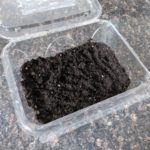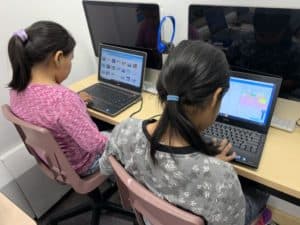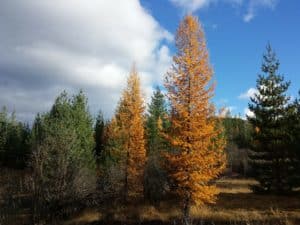Introduction
We will be learning about one of the four sacred medicines of First Nation peoples across Turtle Island: semaa (Anishinaabemowin); oien’kwa’ón:we (Kanien’kéha), which translates to tobacco in English.
It’s very important to note that traditional tobacco and commercial tobacco are very different. Traditional tobacco is a pure plant that is grown and used without any modifications or additives that are found in commercial tobacco. It is used with the utmost respect during ceremonies, for prayers, offerings, and has many spiritual, cultural and health benefits when used in its natural form.
In this tutorial, we will be learning how to grow our own natural tobacco plant and how to use it once it’s dried. We will be creating a mini-greenhouse to grow our seeds and will be discussing greenhouse science and why it’s helpful to get our tobacco plants started.
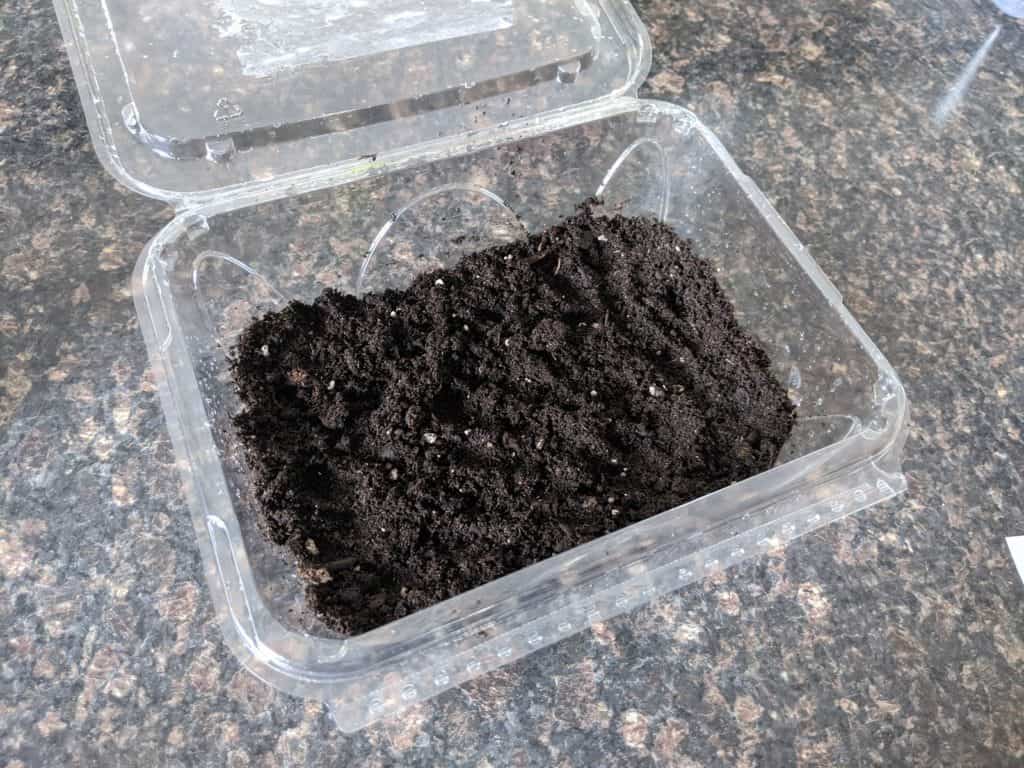
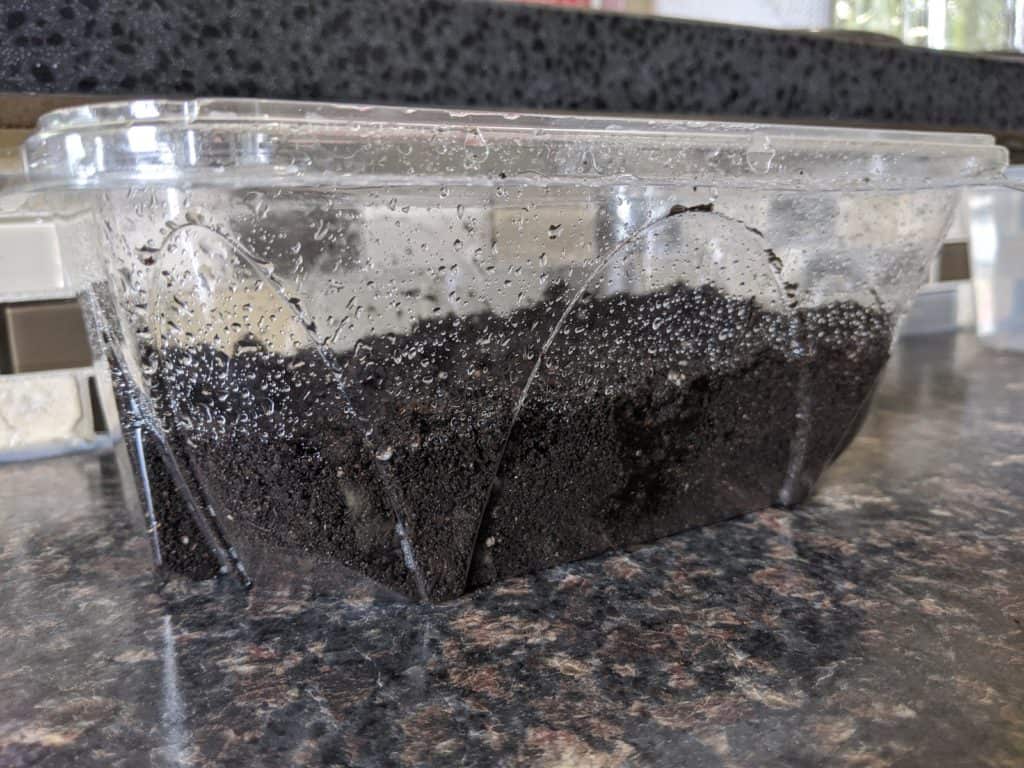
Vocabulary
- Semaa; oien’kwa’ón:we; tobacco (traditional) – the first medicine of First Nations people; used to give thanks to Creation and communicate with the spirit world
- Greenhouse – a building or structure made of transparent materials such as glass to support the growth and comfortability of plants
- Photosynthesis – the process by which plants, algae and certain bacteria use to convert sunlight energy into chemical energy for growth
- Medicine wheel – there are several different forms specific to different nations but they all represent interconnectivity of physical, mental, emotional and spiritual realities of living beings and the natural world
Materials
- Tobacco seeds
- Transparent, re-used plastic container with a lid (e.g. lettuce container)
- Potting soil
- Mist/spray bottle for water

Non-Computer Activity
Traditional Tobacco
Semaa or oien’kwa’ón:we, is known in Indigenous communities to be the first plant given to First Nations people and is recognized as the main line of communication to the spirit world. Tobacco sits in the eastern doorway on the medicine wheel and is always first whenever anything is done as it represents new beginnings. It is used during every ceremony, every offering, every harvest, every hunt, etc. because it opens up a direct line of communication and it is said, when you use it, all things begin to happen.
Tobacco is always offered before picking medicines because it gives you the opportunity to give thanks and explain to that medicine why you are there to harvest and so, that medicine acknowledges you and will let all the plants in that area know why you are there. Tobacco is seen as a gift and it is protocol when asking an Elder, Medicine Person, or Healer for help, to give them tobacco (e.g. in a tobacco tie, medicine bag, etc.) as this signals a request may be asked of them. After a fast, ceremonial sweat lodge or other sacred ceremony, tobacco is the very first offering given to the land, water or sacred fire to thank the First Family, the natural world. Traditional people such as Elders, Knowledge Keepers, Healers and Medicine People wake up with the sun every morning and provide an offering of tobacco to start each day.
Traditional tobacco is a very sacred and honoured medicine; it is used to respect all living things and give thanks to Creation. Unlike commercial tobacco, it is never used to disrespect or pollute our bodies or environment.
Greenhouse Science
In order to grow tobacco, we will have to create a mini-greenhouse to get the seeds started before we can plant it outside. You have most likely seen a greenhouse before but how do they work?
A greenhouse is a structure built to support the survival of plants. They ensure the comfortability of the plants that grow inside so they can flourish. The three main benefits of a greenhouse are the amount of sunlight inside, the controlled temperature and the easily manipulated amount of moisture/humidity. A greenhouse has a glass/transparent ceiling which serves two purposes: let in maximum amount of sunlight and trap heat inside.
You may be asking, how does this serve the plants better than outside? Well, when shorter-wavelength infrared light enters the greenhouse and the rays are trapped inside bouncing around, they become longer-wavelength electromagnetic energy which gets absorbed by the plants inside the greenhouse. The plants use sunlight to increase photosynthesis, which is the creation of glucose for energy to grow.
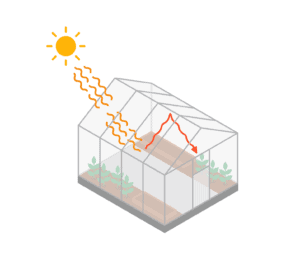
Now that we know a little bit more about greenhouses and how they aid the growth of plants inside, let’s get started on making our own mini-greenhouse!
Steps to Grow Traditional Tobacco
- You’ll want to begin this process near the middle of April, to give the seeds enough time to sprout and grow before being transplanted into a garden.
- Put a few inches of potting soil into any container with a transparent lid. Break up the big pieces of soil and even it out inside the container.
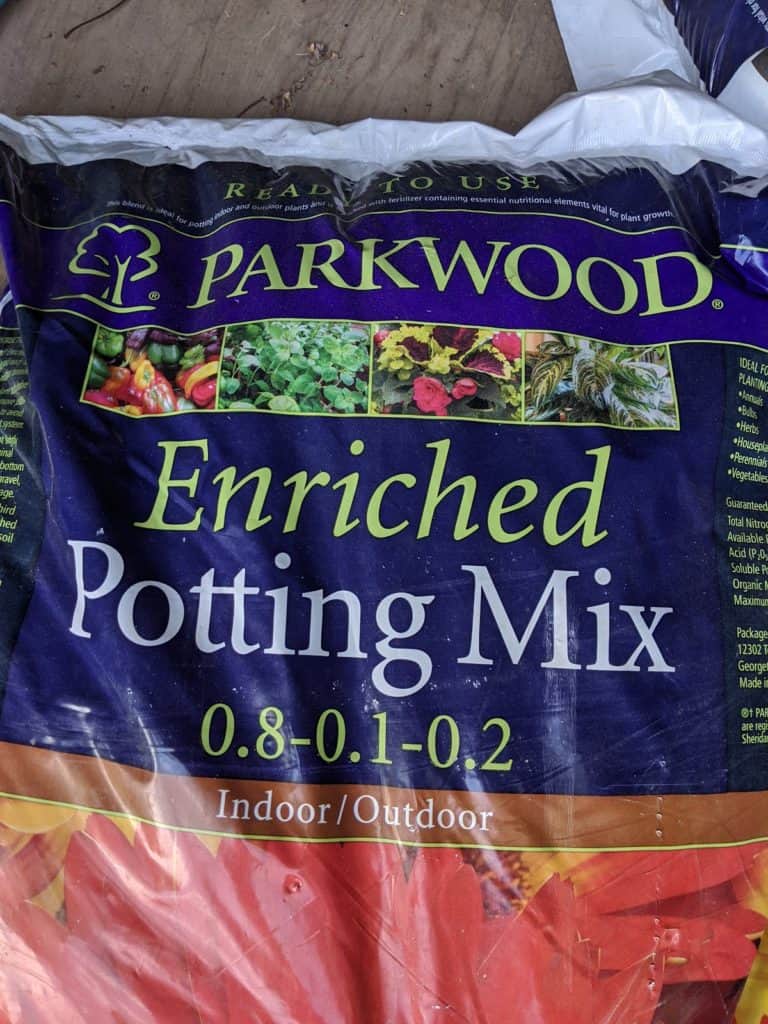

- Place the tobacco seeds on top of the soil, about one inch apart, and tamp down very gently with your finger tip. Note: be careful not to fully submerge the seeds in the soil as they need to see the sunlight to sprout. The seeds are very tiny, so it may help to use a small spoon to pick up and place the seeds in the soil.
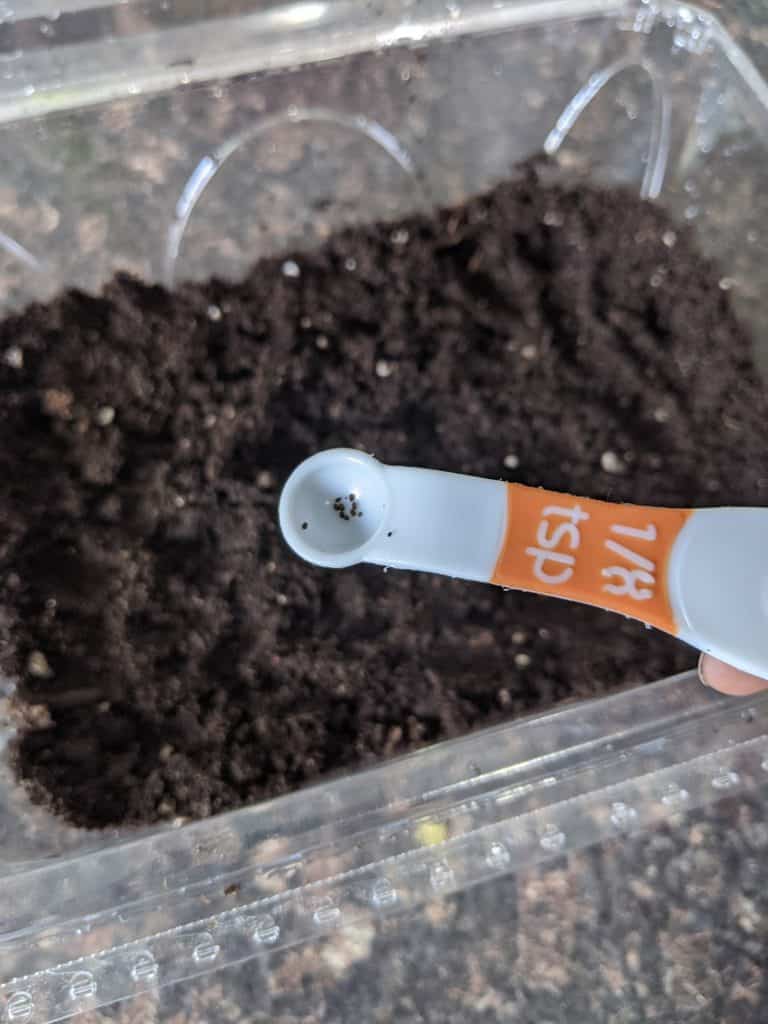
- Using a mist bottle, spray the seeds with water softly—be careful not to drown the seeds!
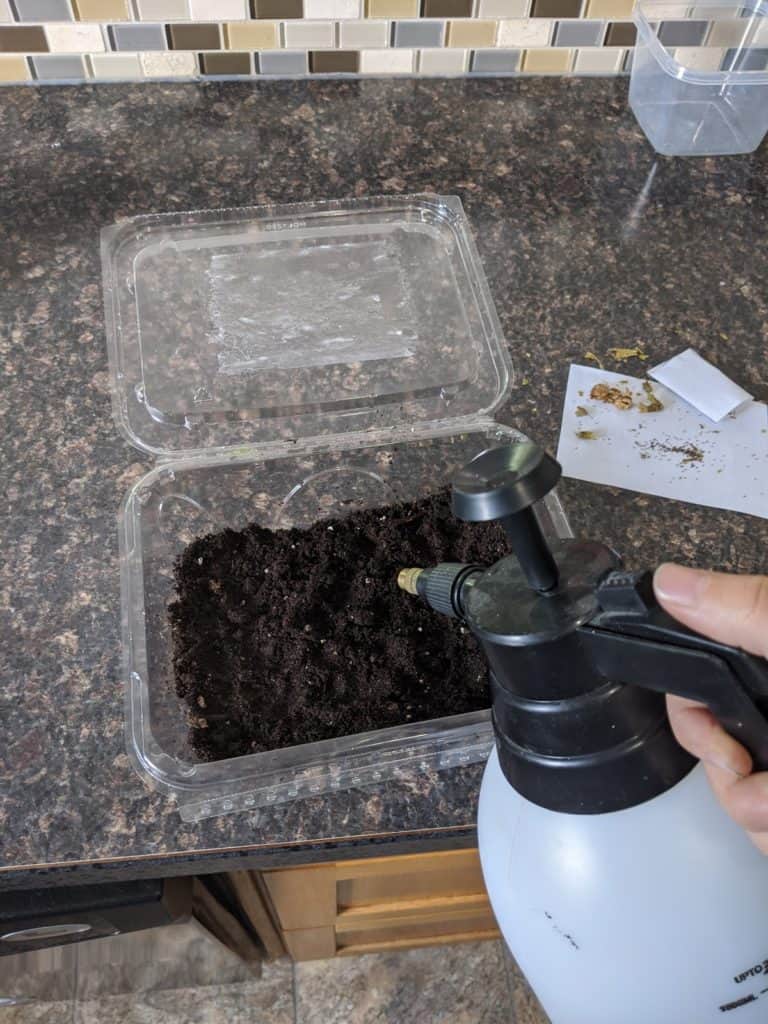
- Close the lid or cover the container fully and place it on a sunny windowsill.

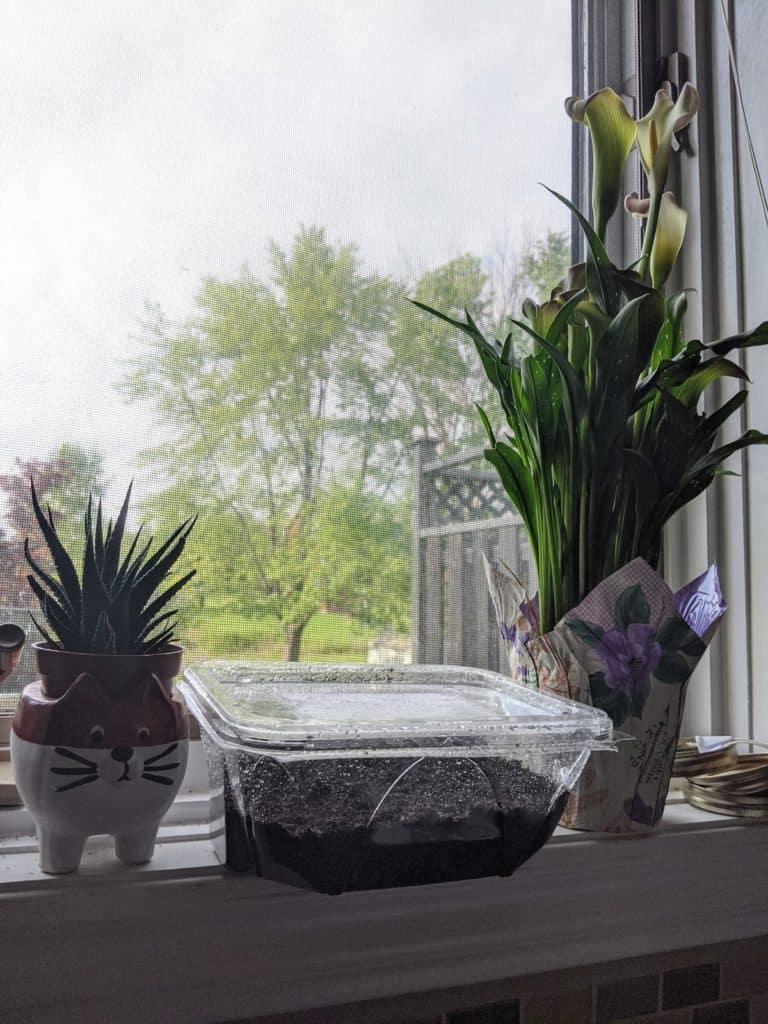
- Spray gently with water whenever the soil starts to dry, ensuring the moisture is kept within the container.
- After about 4–6 weeks, they will become strong little plants. Open the lid once they get too tall for the container.
- Plant outside in your garden, in an area with lots of sun, once the risk of frost has passed. By July, you should have big leaves!
- At the end of summer, harvest the leaves and dry them indoors on a screen or hang them upside down.
- Your plant will have produced seed pods, collect these pods and put them inside a paper bag. Share the seeds and knowledge of traditional tobacco with everyone you know, and teach them how to grow their own sacred medicine!
Conclusion
Now that you know more about greenhouses, how they work and how to build one, try planting other seeds in even smaller mini-greenhouses using disposable plastic cups! You can plant veggie seeds, herbs, flowers, etc.
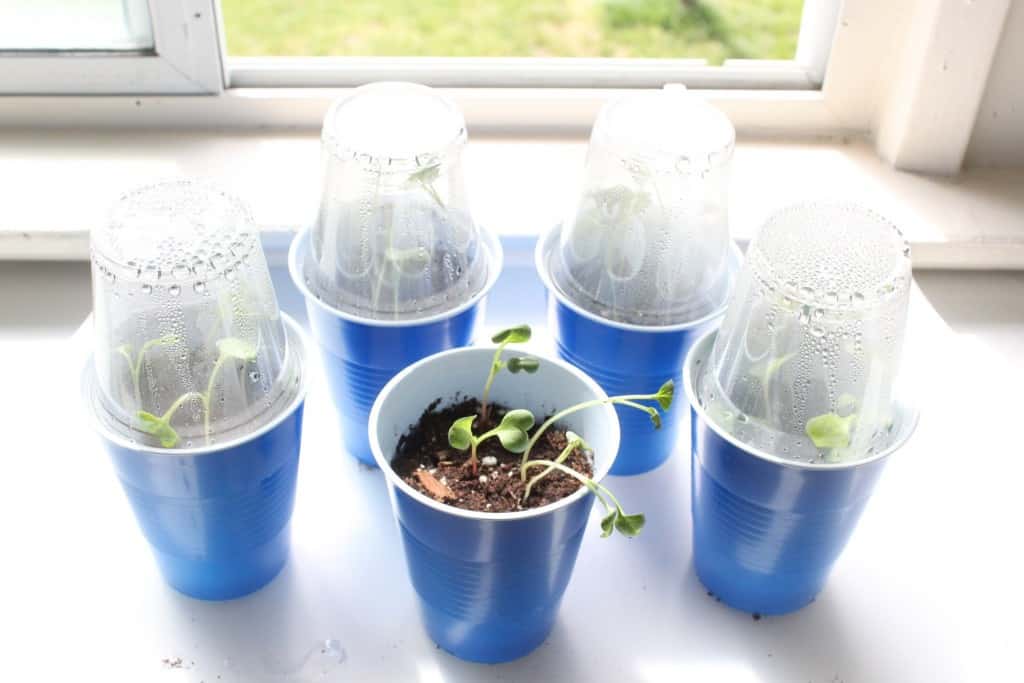
Source: Plastic Cup Greenhouses blog post
For those who don’t want to use disposable plastic cups, try using a clean paper egg carton or toilet paper rolls to plant your seeds and place inside a clear, reusable tupperware container!

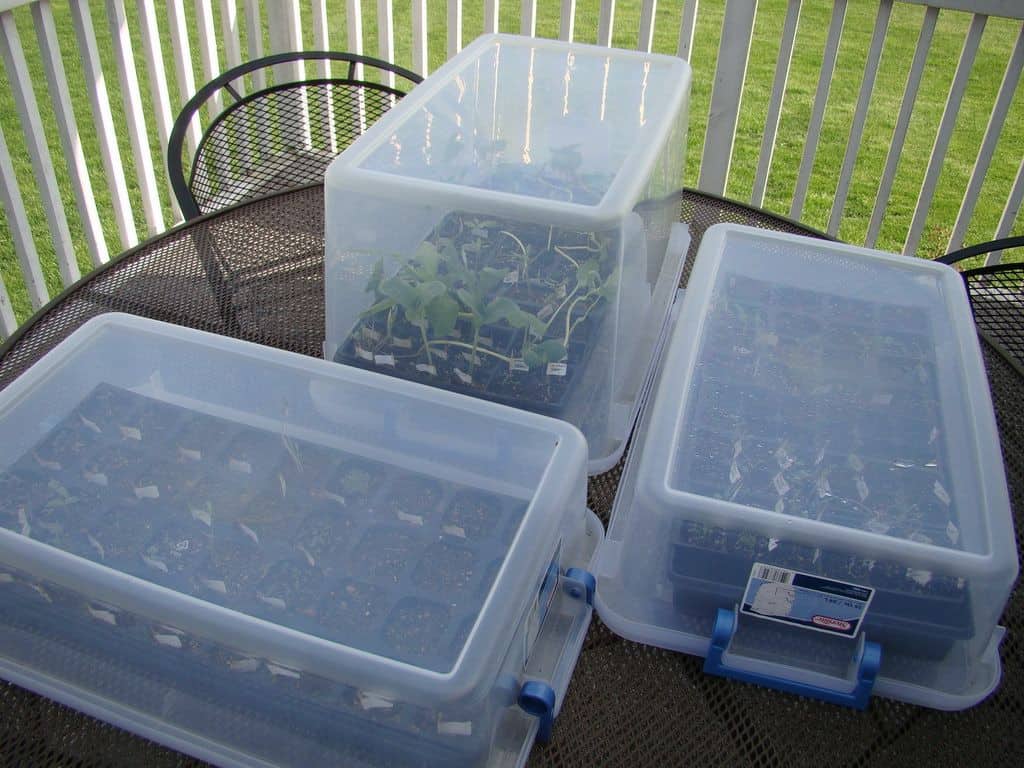
Sources: Gardern Therapy and Pinterest
We want to see the awesome things you’re creating! Take a photo or video and share your work with us by emailing media@pinnguaq.com or tagging @pinnguaq on Facebook, Twitter, or Instagram. Don’t forget to include the hashtag #LearnWithPinnguaq!
Resources
- How does a greenhouse work? blog post by Kevin Beck
- The Four Sacred Medicines brochure by Anishnawbe Health Toronto
- The Four Sacred Medicines brochure by Uniting Three Fires Against Violence
- Alberta Health Services Traditional Tobacco Use video
- DIY Seed Starting Trays blog post by Garden Therapy
- Plastic Cup Greenhouses blog post by Mama Papa Bubba
